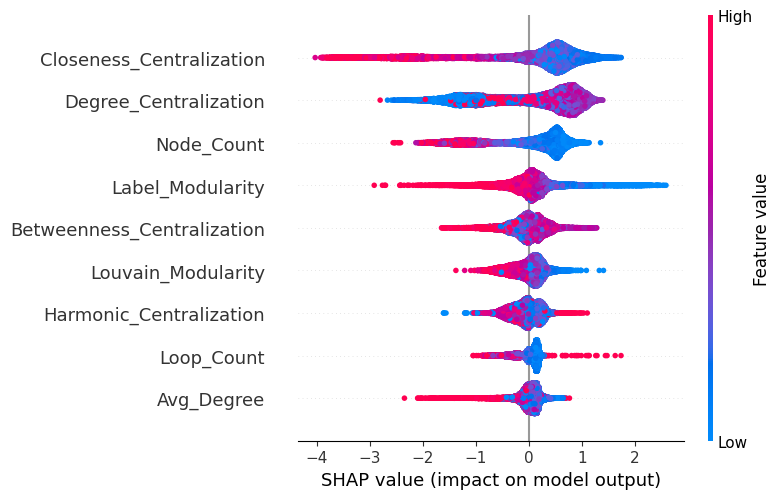M.S. Candidate: Barış Fındık
Program: Information Systems
Date: 19.01.2024 / 09:00
Place: A-212
Abstract: Microservice architectures are increasingly gaining popularity in the field of software design. Research on the topology of graphs formed by communication between microservices is a subdomain within the broader scope of microservice architecture research. Although there have been studies examining the relationship between topology and response time, the variability in response time and its connection to topology has not been thoroughly explored. To ensure performance stability, architectures with low response time variation are needed. Low response time variation enables the creation of more predictable and easily testable systems. In this study, machine learning models trained with the topological features of microservice call graphs are used to explore the impact of topology on predicting response time variation. The feature importance of models achieving successful and significant results is examined. The centralization, modularity, node count, average degree, and loop count features obtained from 70,000 microservice call graphs are used to train random forest, LightGBM, and CatBoost classifiers. These models aim to predict whether the call graph belongs to the class of high response time variation or low response time variation. The feature importance of models achieving F1 score, accuracy, and precision higher than 0.8, along with statistically significant results from the McNemar test, is examined using SHAP values and dependence plots. Finally, models predicting response time variation based on topological features and understanding the impact of topological features on response time variation are obtained in this thesis.
